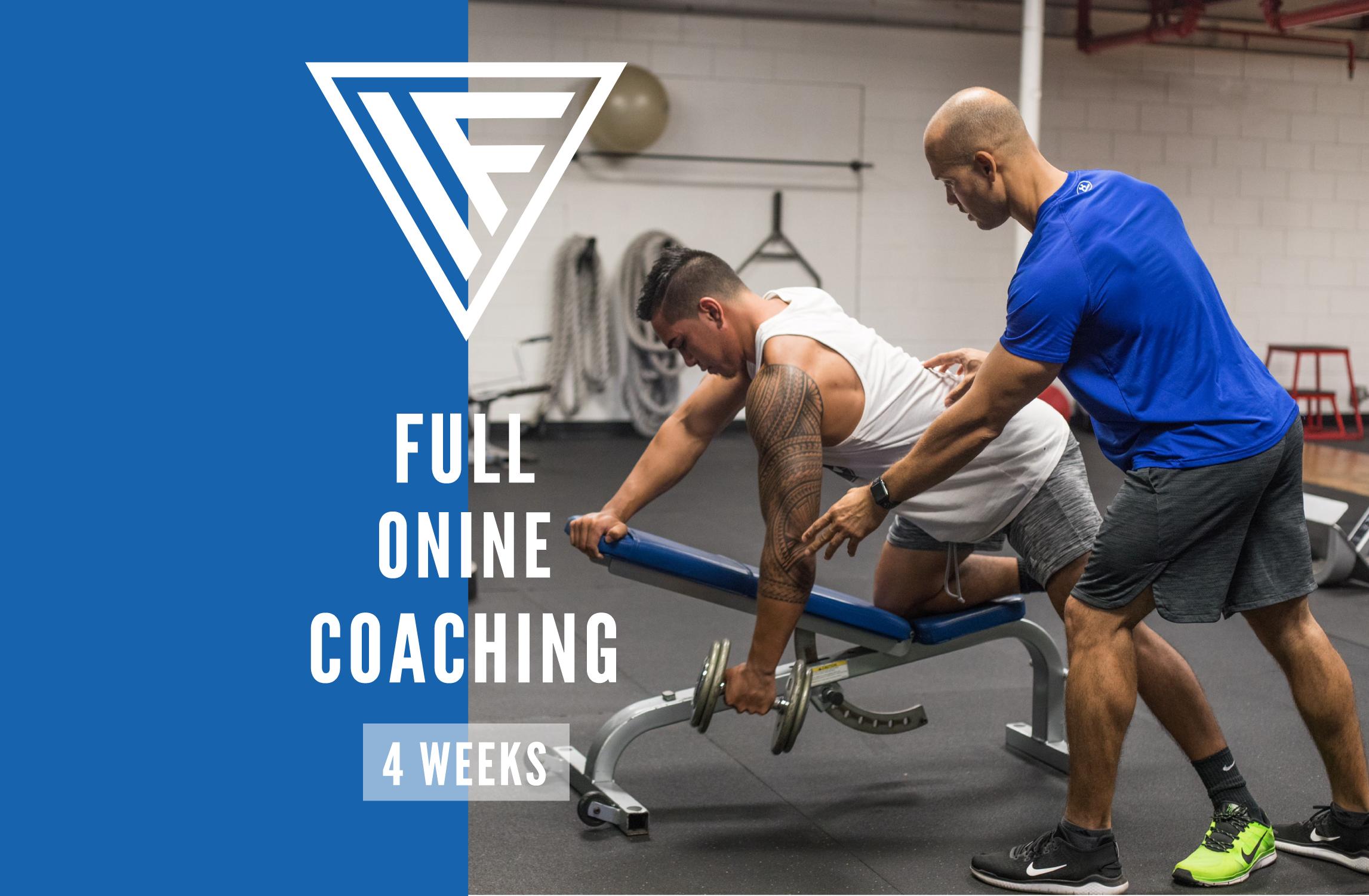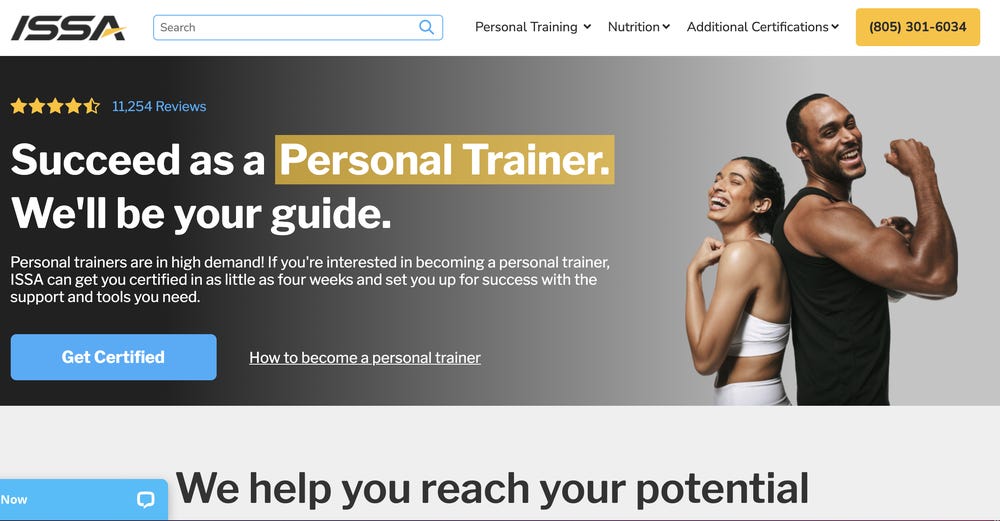
You might want to consider going barefoot if you're looking for a different way to get fit. Barefoot training is a great alternative to traditional gym training. However, there are also some disadvantages. This article will discuss the potential drawbacks and precautions. After you've gained a better understanding of the new way to exercise, you can start your training program barefoot. Remember to start slowly with light weights. Keep your movements simple and continue working your way up.
Benefits
Barefoot running has many advantages. Barefoot provides a greater sense of sensory feedback, which is critical for the functioning of the body’s stabilizing muscles. You will also have a better posture and balance. You can also exercise barefoot for many other reasons than convenience. These are three benefits. 1. Get better results. Preventing injury by using your feet as leverage
One of the benefits of walking barefoot is a better sense and balance. The nerves running through the feet transmit signals to the brain. The body can have difficulty staying upright or controlling its muscles if these nerves become damaged. By running barefoot, you'll improve your body's balance and increase your sense of proprioception. You will feel more sensation between your toes. This prevents injury and increases your body's ability adapt to stress.

Drawbacks
You might wonder what the downsides are to going barefoot. You will find some downsides to barefoot training. During an initial acclimation period, you may feel uncomfortable in commercial gyms or bounding activities. Lifting and other activities that require footwear may make you feel uncomfortable. However, the benefits far outweigh the drawbacks.
Barefoot exercise comes with a few drawbacks. If you've been wearing shoes all your life, you might want to take a step back and try barefoot yoga or other activities gradually. You can also buy barefoot tape to protect your feet against glass shards if you don't want the risk of breaking or spraining your ankles. Keep in mind, however, that not all gyms require you to wear shoes.
Precautions
Barefoot running can be enjoyable and healthy. However you must take precautions to avoid injury. Barefoot exercises can improve balance, posture, and stability. They can be dangerous if you step on something sharp or lift heavy objects. You should consult a podiatrist or physical therapist before you decide if going shoeless is for you.
If you plan on going barefoot for your workout, make sure to wear shoes while adding weights to your routine. It's the same for removing weight that you have already added. A safety collar should be worn to protect your feet and prevent weight plates from sliding. If you are unsure whether you should go naked, you can begin with light activities like walking around the neighborhood.

How to go barefoot
Most fitness experts will agree that going barefoot isn't necessarily a bad idea, but it really depends on the type of workout you plan to do. If you are planning to run a marathon nakedfoot, then you will want a shoe that simulates running barefoot. Be sure to feel comfortable going barefoot.
Barefoot exercise has one major advantage: it increases proprioception. This helps the body to understand where it is in space. The ability to understand where you are in space is crucial to good coordination, balance, and stability. Barefoot workouts will increase your awareness of the movements of your body, which will lead to a stronger and healthier you. Two examples of exercises that enhance proprioception are paddleboarding and barefoot swimming.
FAQ
What are cardio exercises?
Cardiovascular activities are any exercise that makes your heart work harder than normal. You can do this by running, swimming, biking, rowing and bicycling. These activities increase metabolism and burn fat. These activities can help you keep fit and strengthen your heart.
Why is physical fitness important for your health?
It is essential to maintain our physical health. Exercise is important to maintain your weight, strength and flexibility as well our cardiovascular system. Exercise helps you sleep better at night, reduces stress and improves self-esteem. It also increases your energy throughout the day.
Is it safe and legal to exercise in cold conditions?
Exercise outside whenever possible. However, the temperature of the air is not the only thing that can determine whether you are safe to exercise outdoors. Wind speed, humidity, precipitation, and visibility also play a role. Layers of clothing will protect you from rain and wind chill if you exercise outdoors in inclement climates.
Statistics
- In 2018, the World Health Assembly agreed on a global target to reduce physical inactivity by 15% by 2030 and align with the Sustainable Development Goals. (who.int)
- One study showed that adults who watch more than 4 hours of television daily had an 80% higher risk of death from cardiovascular disease. (heart.org)
- Adolescent girls were less active than adolescent boys, with 85% vs. 78% not meeting WHO recommendations of at least 60 minutes of moderate to vigorous intensity physical activity per day. (who.int)
- Globally, 81% of adolescents aged 11-17 years were insufficiently physically active in 2016. (who.int)
External Links
How To
How to Stay Fit at 40
This article helps those over 40 to keep their body strong and healthy. It covers some basic advice on how to eat right, exercise, sleep well and take care of your mental health. This article offers tips for living longer and more healthy lives.
-
You must eat right - When you want to keep fit, the first thing to do is to eat healthy foods. Avoid processed foods and opt instead for whole grains, fruits and vegetables, lean meats and fish, as well as nuts, seeds and beans. Add something to your diet if it isn't what you like. You don't have to eat a lot. This won't help you lose any weight. Instead, start adding small amounts of new things into your daily meals. If you eat chicken breast most of the time, try turkey one week. Or if you love pasta, try rice occasionally. Make these foods part of your daily routine.
-
Exercise - You should exercise at least three days per week. Cardio activities include running, swimming and biking. You should also ensure you get enough sleep. Aim to sleep 8 hours per night. Make sure to drink lots of water throughout your day. Every day, aim to drink at least 2 liters (0.5 gal) of water.
-
Sleep Well - Proper sleep is crucial for staying healthy. According to the National Sleep Foundation, adults require 7-8 hours of sleep daily to maintain optimal physical and emotional health. But most people sleep less than 6 hours per night. Try making changes to your sleeping schedule if you feel constantly tired. You can catch more sleep by changing your sleeping schedule so that you go to bed earlier or wake up later. Additionally, try turning off your phone before going to bed so that you can wind down and relax. Avoid caffeine after noon because it can cause insomnia.
-
Take Care of Your Mental Health - Taking good care of your mind is crucial for keeping your body healthy. Stressful situations can lead to poor eating habits and unhealthy lifestyle choices. Meditation, yoga, breathing exercises and relaxation techniques are all good stress management tools. One hour of your time should be spent doing something enjoyable. This could mean taking a walk outside, playing sports, reading a book, listening to music, watching TV, etc.
These four simple steps will help you live a longer, healthier life. These simple steps will allow you to reach your fitness goals.